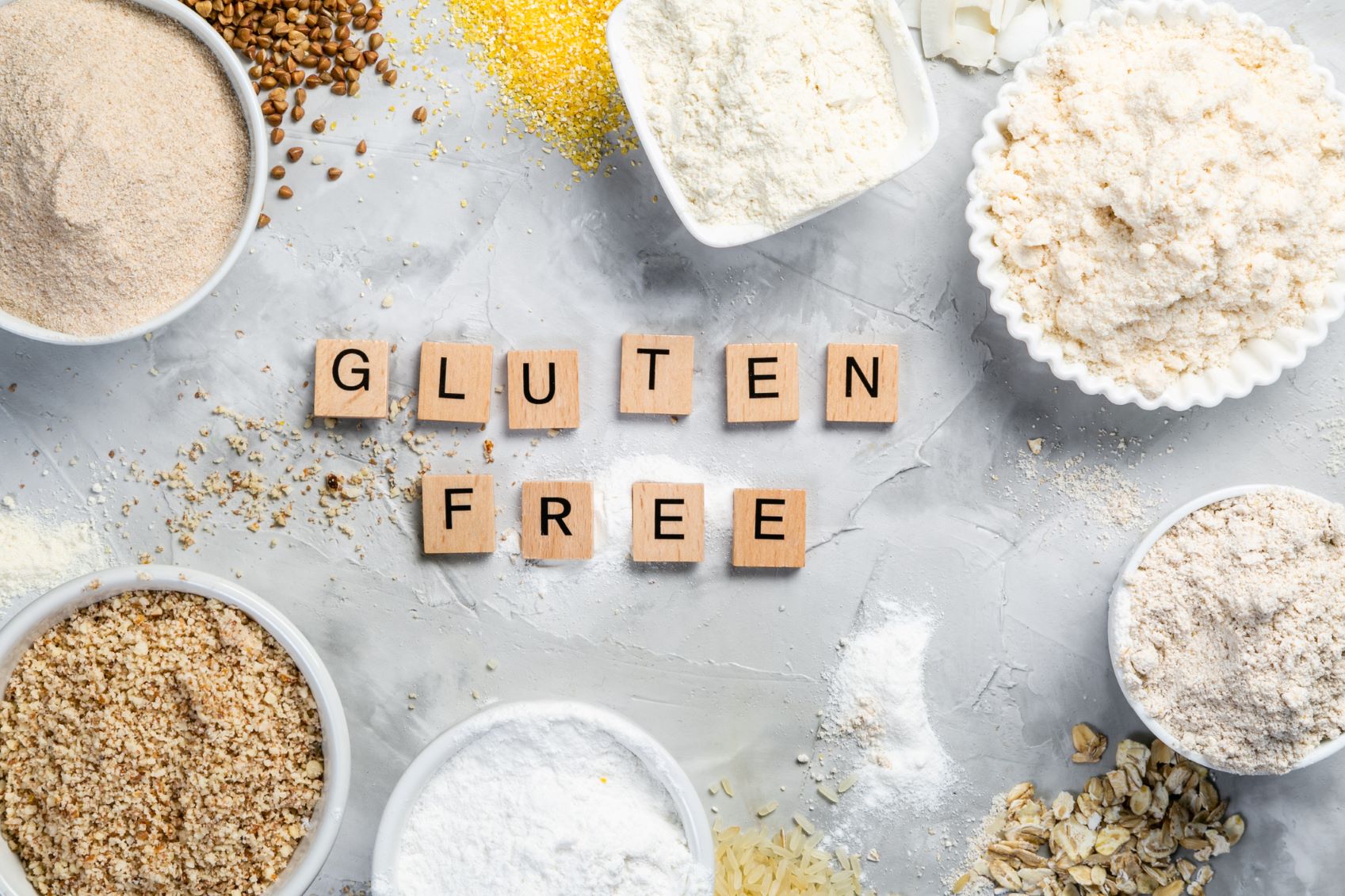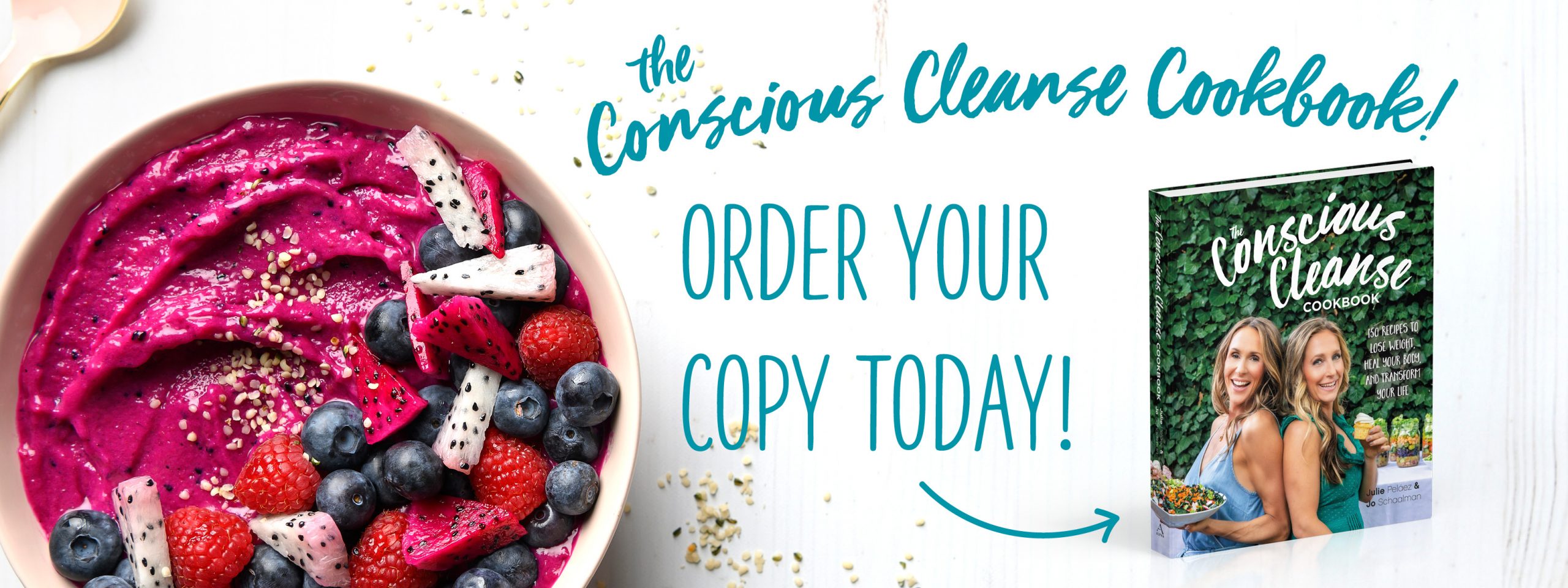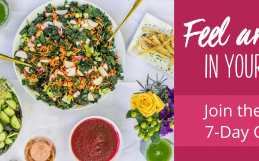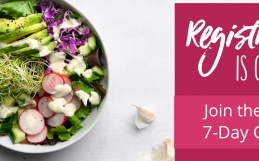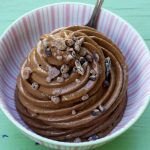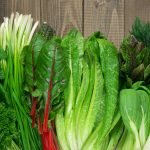Gluten-free foods seem to be everywhere these days, but many people aren’t clear on what gluten is or how to recognize if it’s a problem for them. You probably know at least one person who’s transitioned to a gluten-free lifestyle and swears by the benefits.
But how do you know if gluten-free life is right for you?
Let’s dig into the gluten nitty-gritty. Gluten is a protein present in all forms of wheat, barley, rye, and triticale (a hybrid of wheat and rye). Known for creating a chewy mouthfeel, gluten is literally the glue that binds many of our favorite baked goods together. It’s the star of the show in bread, pasta, pizza—many popular foods owe their toothsome texture to gluten.
Easy enough to avoid, right?
Unfortunately, not so much. If you want to be gluten-free it’s crucial to become an expert label detective. Gluten hides beneath the surface in many of our common food items like soy sauce, gravies, salad dressings, condiments, and even some baking powders. It’s so common as a food additive that you can consume it regularly without even realizing it.
You can find a comprehensive list of gluten-containing foods here.
When is it necessary to completely eliminate gluten-containing foods? The most common medical reason is a diagnosis of non-celiac gluten sensitivity (NCGS) or celiac disease. Celiac disease is an autoimmune disease that is triggered by gluten. If you have celiac, your body’s immune cells are signaled to attack the lining of your small intestine when you eat gluten. NCGS has similar symptoms to celiac but is not autoimmune. While NCGS doesn’t cause autoimmunity, it can cause intestinal damage and inflammation similar to that of celiac.
Here are some common symptoms that can point to NCGS or Celiac:
- Joint and muscle aches and pains
- Fatigue
- Stubborn weight gain or loss
- Brain fog, difficulty concentrating, headaches
- Anxiety, depression, ADHD, and other mood disorders
- Bloating, gas, abdominal discomfort
- Constipation or diarrhea
- Skin disorders like psoriasis or eczema
- Signs of malnutrition such as hair loss or anemia
- Dark circles under your eyes
If you have any of these symptoms, it’s very likely that you could have a sensitivity to gluten. So how do you find out if gluten is the culprit?
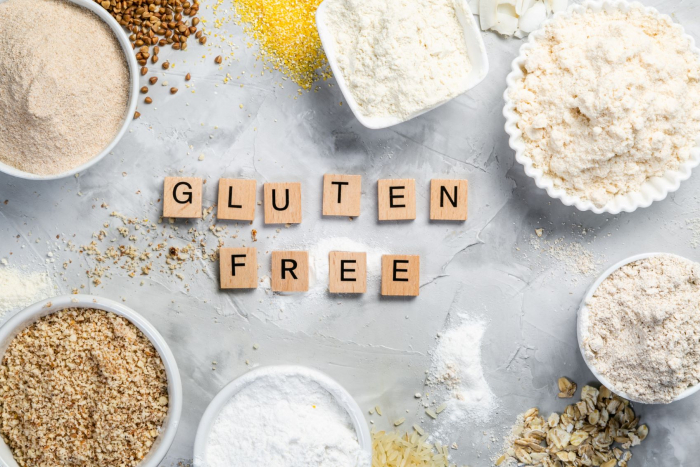
Testing is available but it’s still quite limited. We created the Conscious Cleanse just for that reason. It’s more effective to take gluten off your plate for a few weeks and check in to see how you feel. In the Conscious Cleanse program, we temporarily eliminate all common food allergens (gluten, dairy, eggs, corn soy, sugar, alcohol, caffeine, etc). Then you can add gluten back in and see how your body handles it in an allergen-free environment. If your symptoms return when you add gluten back into your diet, testing might be the next step for you. It’s important to note that you must be actively eating gluten for medical testing to work properly.
There are currently no tests proven to diagnose non-celiac gluten sensitivity. If celiac is ruled out, practitioners typically use an elimination diet to determine NCGS. That’s the approach we take in our 14-day Conscious Cleanse to identify if someone has a gluten sensitivity.
But what if you don’t react to gluten? Kicking gluten to the curb may still be beneficial for you. One of the most insightful questions we ask everyone who comes to our program is “what foods do you love and crave the most?” And if bread, pastries, pizza, cookies or your favorite gluten treat is the answer, then you might consider giving gluten a break.
Gluten can cause inflammation for many people. We also know that inflammation is the root cause of all major diseases and if you’re inflamed, it makes it more difficult for the body to heal.
To top it off, gluten has a gluey structure that is difficult for the body to break down. If your body is already overloaded, digesting gluten is likely to slow you down further.
As you go through this process, remember to listen to your body and be open to exploring. Consider eliminating gluten as an experiment and it doesn’t mean it has to be forever.
Recognize that you know your body better than anyone and choose what feels best for you.
Most of all, be gentle and curious with yourself during this process. It took me (Jo) over 10 years to go gluten-free. Some of the signs that I was sensitive to gluten were I felt like I gained 5 pounds overnight, I had dark circles under my eyes, and I felt low and depressed after eating bread or a bagel. When I took gluten out I was effortlessly able to release weight, my dark circles went away, my seasonal allergies were gone and I felt more even and positive. So, I finally got to the point that I realized the taste of health was better than the taste of gluten.
Have you eliminated or taken gluten out of your diet? We’d love to hear about your journey.
Please leave a comment below.
If you need support going through this process, please email us.
Your partners in health,
Jo & Jules
